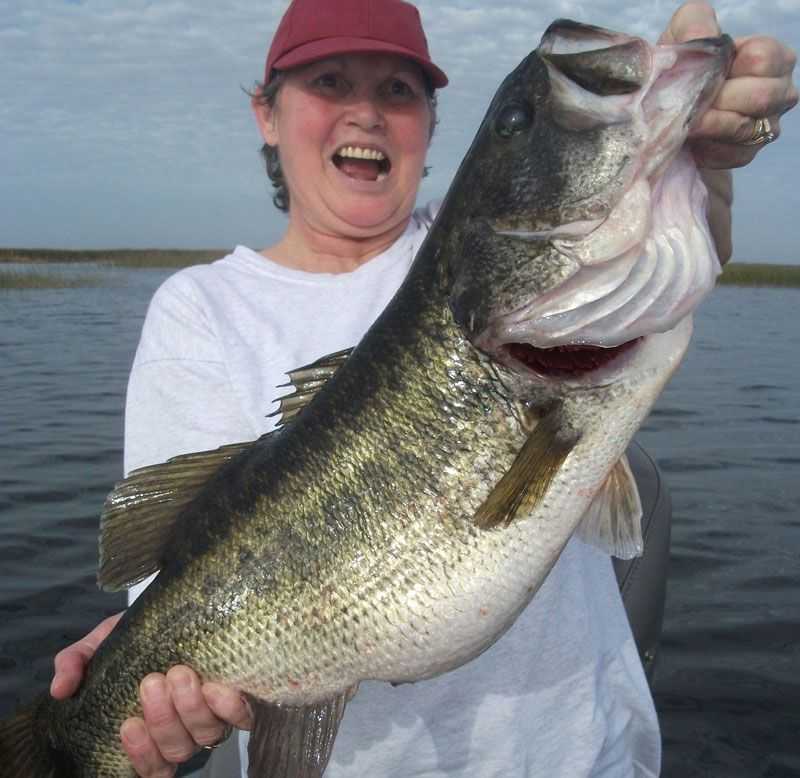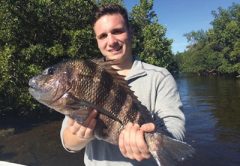We would like to welcome all anglers to the first issue of Coastal Angler Magazine’s Okeechobee edition. The Okeechobee edition will give you the skinny on what’s biting and where they can be found on the Big “O”.
October is a month of change on Lake Okeechobee. As the days grow shorter, less sunlight enters the water, and the lake slowly starts to cool. After being nearly 90 degrees throughout the summer, the cooler water is welcomed by both the fish and the fishermen. This combination of cool water and shorter light periods serves as a signal to the bass that it’s time to get ready to spawn.
Typically during the summer months, Big ‘O’ bass will leave their protective shoreline cover to roam the vast expanses of the lake to feed on shad and other baitfish. Starting in October and continuing through to the spring, bass will migrate back to the shoreline to spawn. Frequently this movement comes in waves just prior to the new or full moon. As the fish move to shore they encounter patches of Kissimmee grass which they’ll follow until they hit a point or protective area that provides both food and shelter. That’s where they’ll spawn.
This long spawning period is what makes Lake Okeechobee unique. In northern lakes, bass will move up, spawn, and then disappear until the following year. But in the Big ‘O’, this process is repeated over and over again for 6 to 7 months. This is just one of the many factors that make our lake such a tremendous fishery.
Every angler knows that there are myriad of ways to catch bass, but there is no bait that will attract and catch big bass like a live wild golden shiner. Put a large shiner in front of a bass that is in a pre-spawn feeding period and that shiner will get blasted, no questions asked. More big bass fall prey to a large wild shiner on Lake Okeechobee than all other baits combined.
If live bait is not your thing, then you already know that the choices for artificial baits is staggering. If I had to narrowed it down to a handful of favorites, they would be:
A top-water frog: Good in the grass and thick cover and draws vicious reactionary strikes.
A floating top-water bait: Such as a Zara Spook or a Pop-R style bait. Some kind of bait where you can vary the cadence of your retrieve and then stop the bait dead in the water, talk about explosions!
A spinner bait in colors that match the local baitfish: Toss one of these into a thick Kissimmee grass bed, worked it slowly through the grass, and you’ll grab a bass’s attention quickly.
An un-weighted Senko: This is a great bait for when the fish are lazy and not chasing baits. Many times you can provoke a strike by “soaking” a Senko in a bass’s face until they’re pissed off enough that they just want to dispense with the intruder.
A flipping jig or creature bait: These account for a great number of big bites on Okeechobee. The types and styles are many, personally, in most instances color means more than size and shape.
Every year the largest bass caught on Lake Okeechobee are taken during the late fall and early winter period. Sure, there are plenty of 7 to 10 pound fish caught throughout the year, but if you’re looking for a trophy bass, you just can’t beat fall and early winter on Lake Okeechobee.







